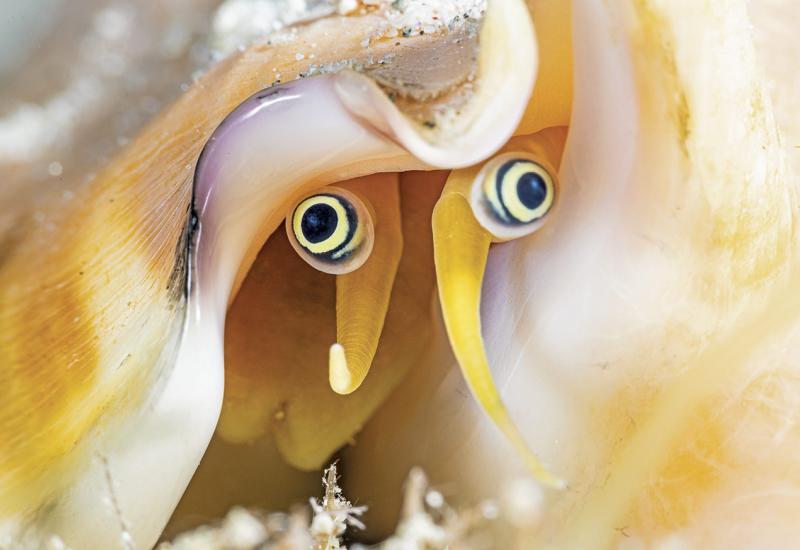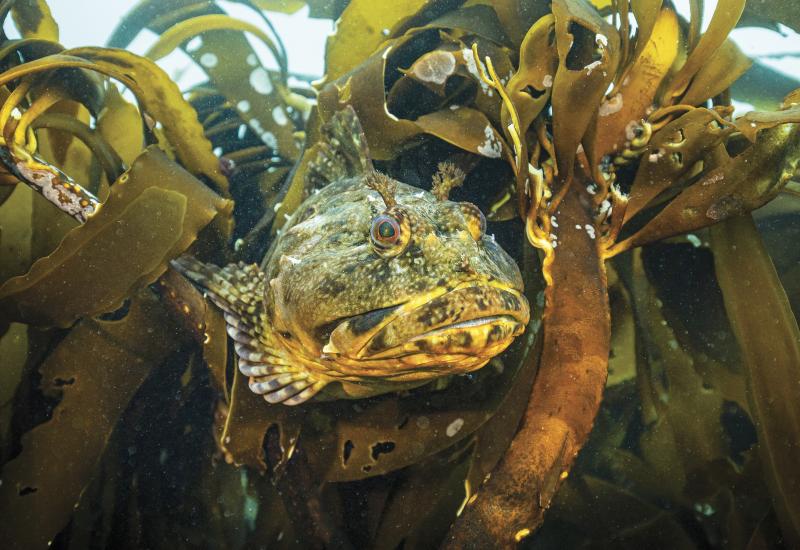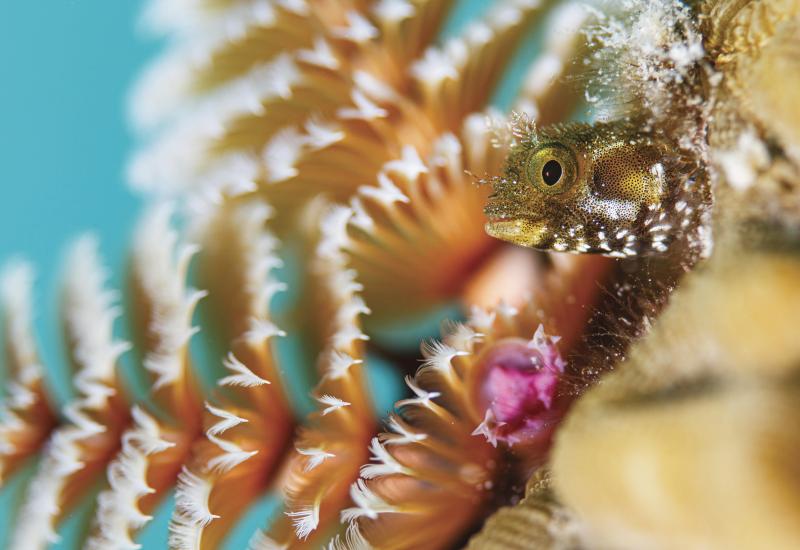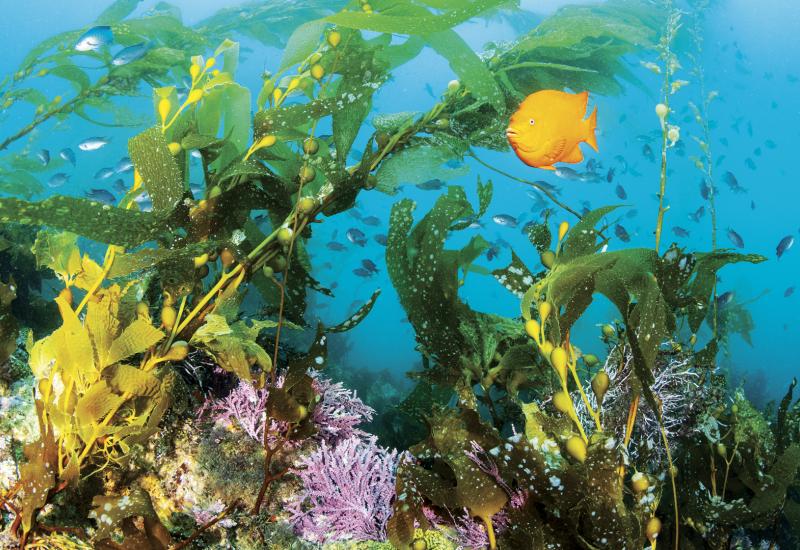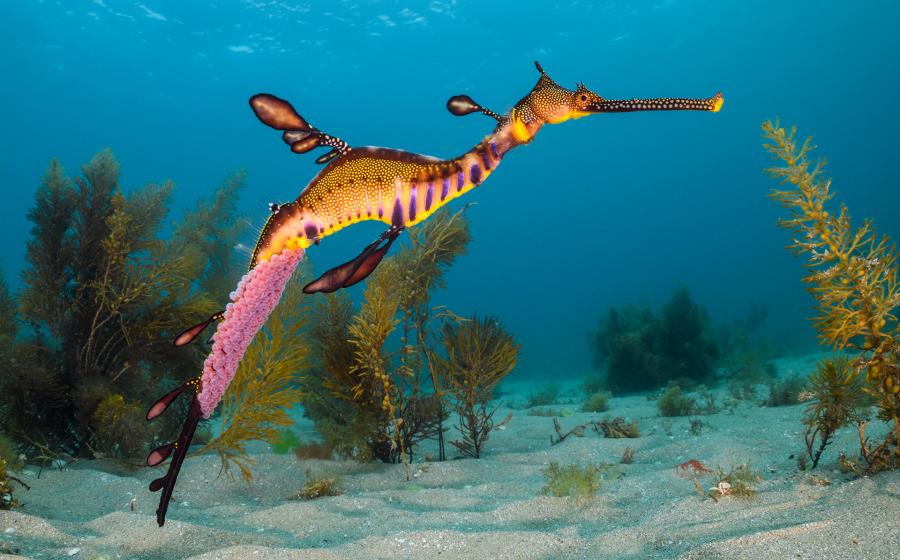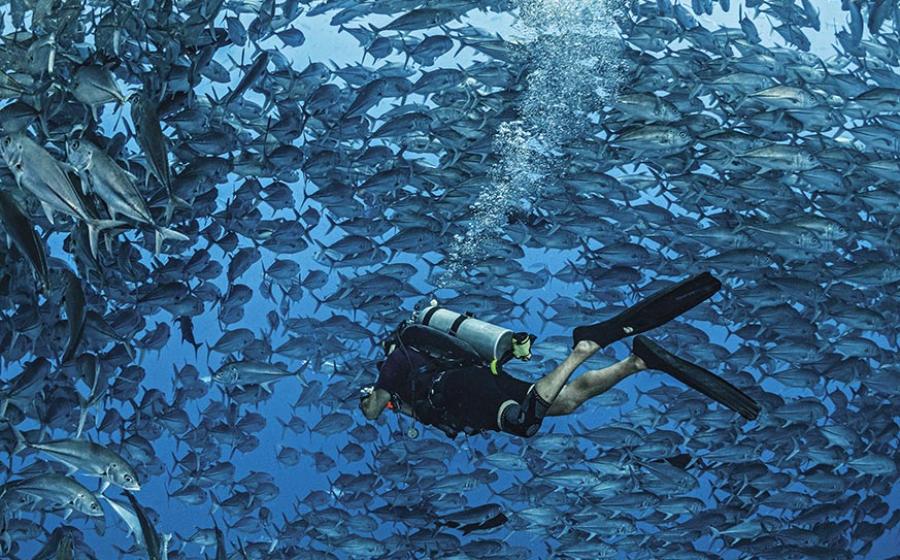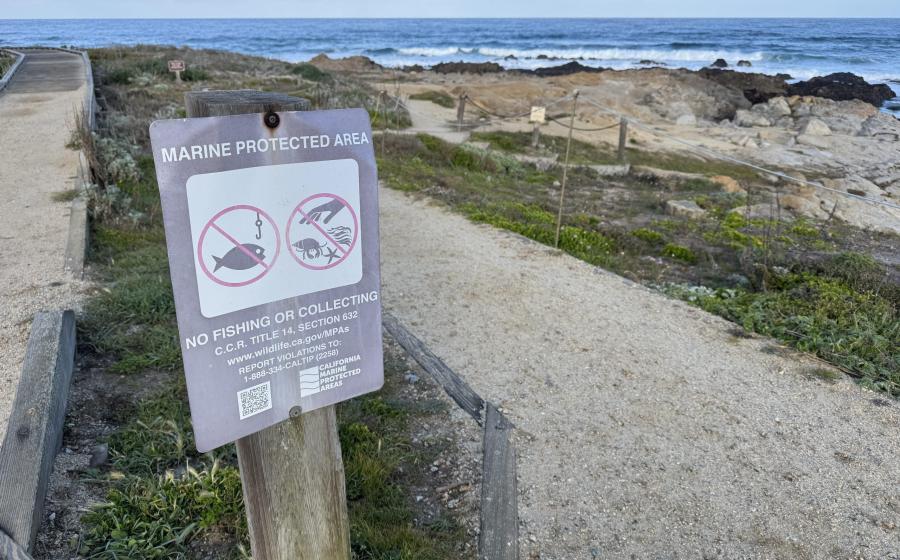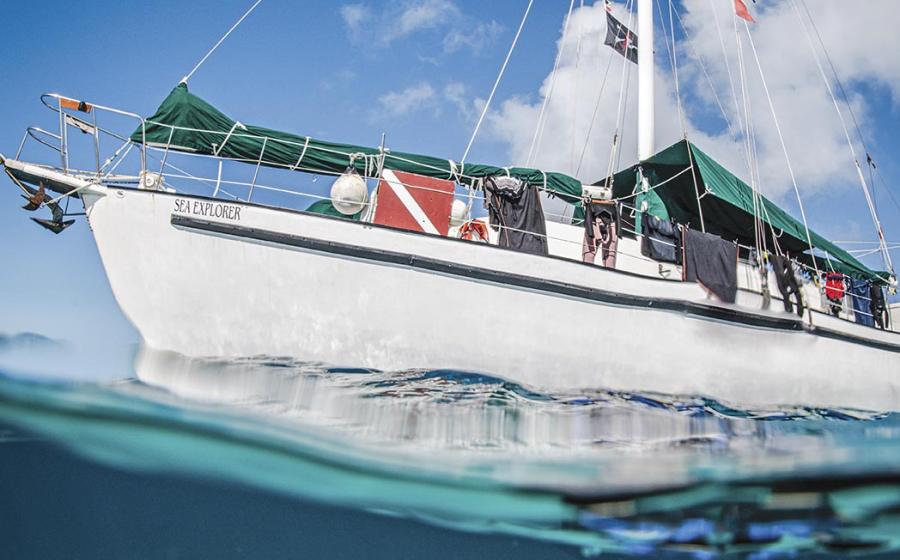Underwater Photography Tips for Taking Pictures in Caves and Caverns

Tying the primary reel on a fallen tree inside Orange Grove Sink before heading downstream on the Grand Traverse. I shoot a Canon 5D MKII in an Aquatica housing, with two Inon Z240 strobes, and multiple Ikelite DS125 and DS200 strobes. Yes, I need a lot of light.
Jill Heinerth
Cave photography is one of the most difficult challenges in technical diving. Working in the complete darkness with additional task and stress loads is difficult. Here are a few tips to maximize your potential for bringing home great shots.
-
Work in the doorway of the cavern zone. Look out and up and maximize the use of ambient light.
-
Shoot 1/125th shutter speed or faster to freeze the beams of light cascading into the cavern.
-
Balance your exposure for the ambient light then supplement the shot with subtle strobe fire to illuminate only the foreground.
-
Have your dive partner carry a slave strobe to illuminate the tunnels of the cave.
-
Place a large video reflector on primary cave lights to soften and widen the beam for focusing or fill light.
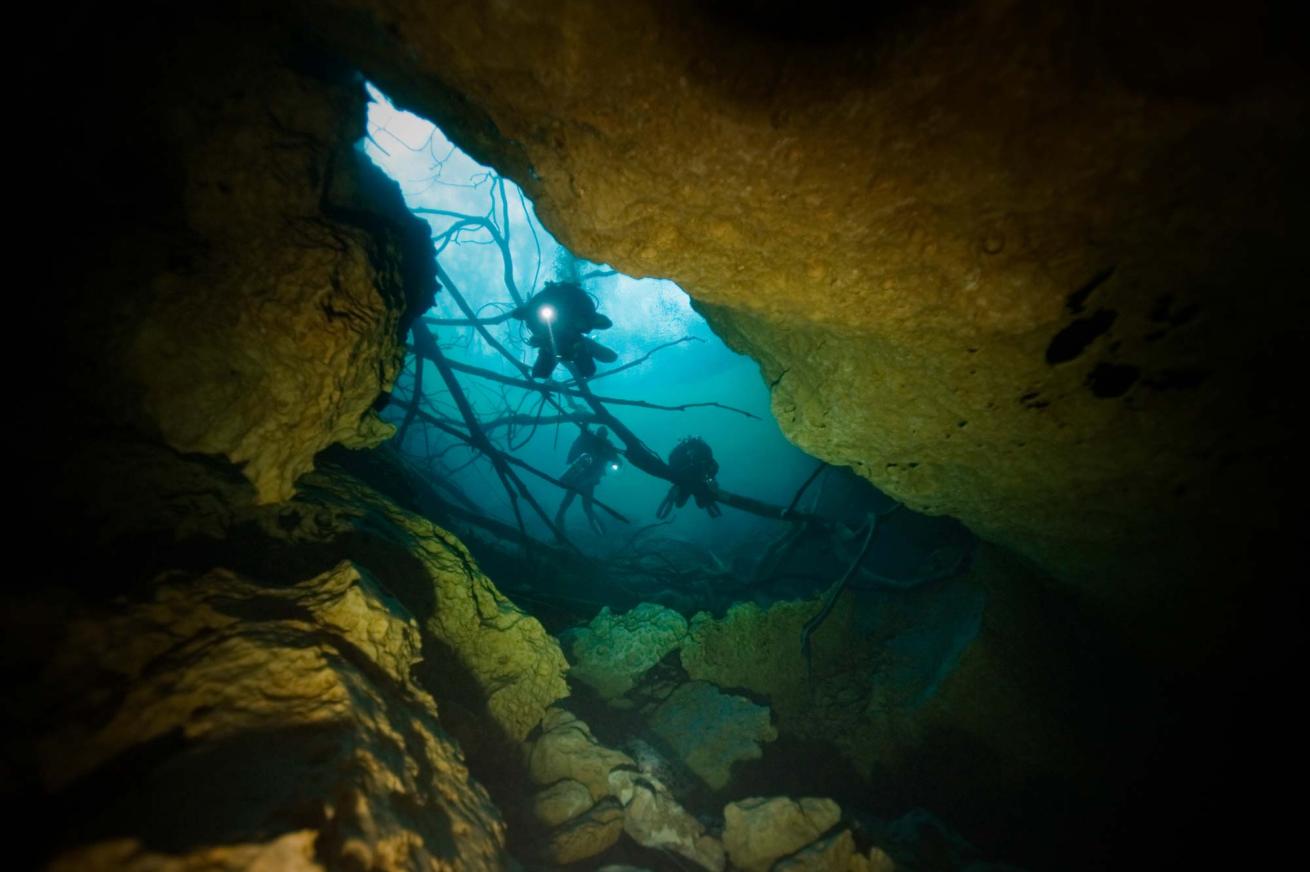
Jill HeinerthTying the primary reel on a fallen tree inside Orange Grove Sink before heading downstream on the Grand Traverse. I shoot a Canon 5D MKII in an Aquatica housing, with two Inon Z240 strobes, and multiple Ikelite DS125 and DS200 strobes. Yes, I need a lot of light.
Cave photography is one of the most difficult challenges in technical diving. Working in the complete darkness with additional task and stress loads is difficult. Here are a few tips to maximize your potential for bringing home great shots.
Work in the doorway of the cavern zone. Look out and up and maximize the use of ambient light.
Shoot 1/125th shutter speed or faster to freeze the beams of light cascading into the cavern.
Balance your exposure for the ambient light then supplement the shot with subtle strobe fire to illuminate only the foreground.
Have your dive partner carry a slave strobe to illuminate the tunnels of the cave.
Place a large video reflector on primary cave lights to soften and widen the beam for focusing or fill light.

